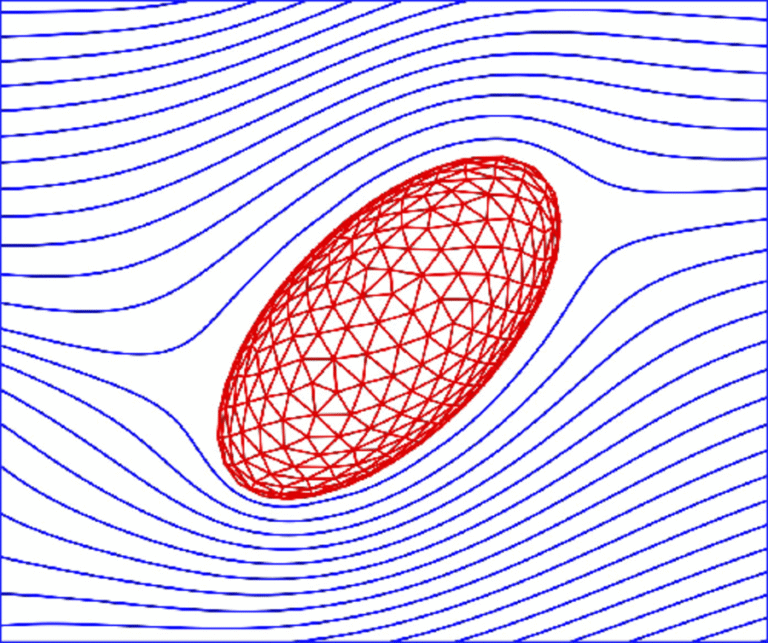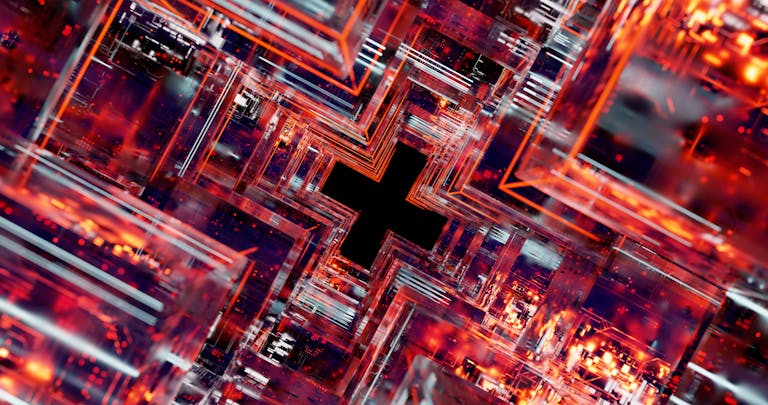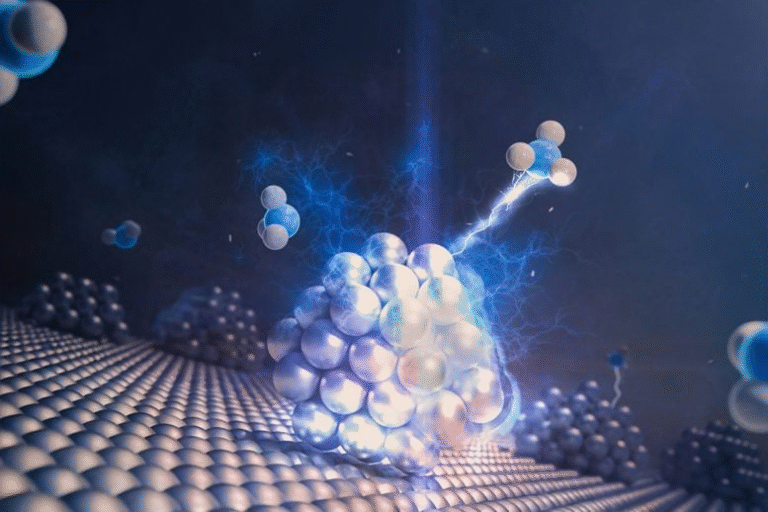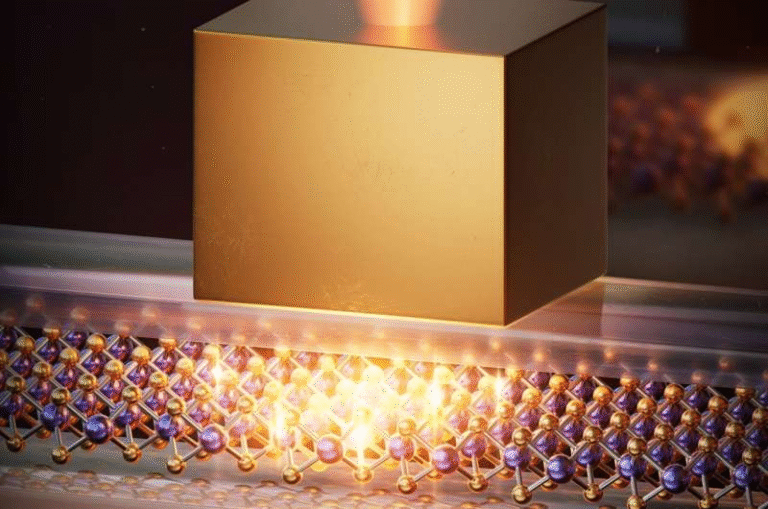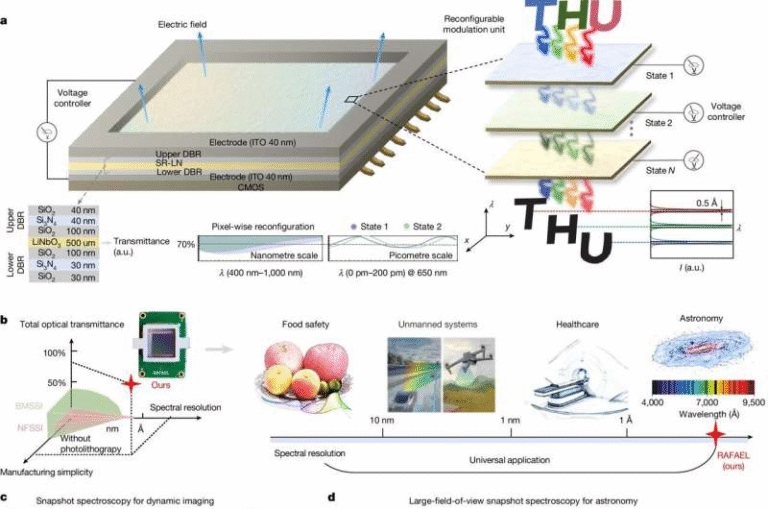Record-Breaking Quantum Key Distribution Achieves 120 km Transmission with Classical Channels

A team of researchers from Denmark and the Czech Republic has achieved something that quantum communication scientists have been striving for years — successfully transmitting quantum-encrypted data over 120 kilometers of optical fiber while sharing the same line with conventional internet traffic. This marks a record-breaking milestone in quantum key distribution (QKD), pushing the boundaries of secure communication farther than ever before without requiring separate fibers or complex filtering systems.
What Exactly Is Quantum Key Distribution (QKD)?
At its core, quantum key distribution is a method of securely transmitting encryption keys using the fundamental principles of quantum mechanics. It’s not about sending actual messages through quantum states, but about generating and sharing a secret key between two parties (often called Alice and Bob).
The magic behind QKD lies in the quantum uncertainty principle. When a third party (let’s call them Eve) tries to intercept the key, their very act of eavesdropping disturbs the quantum states being transmitted. This disturbance is detectable, alerting both Alice and Bob that their connection is no longer secure. Because of this, QKD offers a level of security that’s theoretically unbreakable — even by future quantum computers.
But there’s a catch. QKD requires sending fragile quantum signals (like individual photons or weak laser pulses) through optical fibers. These signals are extremely sensitive to interference, especially from classical data channels already carrying internet traffic. That’s why, until now, real-world applications of QKD have been limited by distance and noise from traditional data transmissions.
The Core Challenge: Coexistence with Classical Data
Telecom operators can’t realistically install separate “quantum-only” fiber lines everywhere — that would be too expensive. For QKD to be practical, it must coexist with classical communication channels on the same optical fibers that already carry our regular data.
The problem? Classical data channels generate noise, mostly due to scattering effects like Raman scattering and other cross-talk, which can easily overwhelm delicate quantum signals. Even small amounts of stray light can disrupt QKD operations, reducing the distance or making the system unreliable.
Many previous solutions have tried to get around this limitation by using extra filtering, time-multiplexing, or dedicated wavelength allocations to separate the quantum channel from classical ones. However, these approaches complicate integration with existing telecom systems and still limit the transmission distance.
That’s why the new research stands out. The team found a way to make QKD and classical data coexist naturally — without excessive filtering, wavelength separation, or custom fiber setups.
The Experiment: Continuous-Variable QKD with Local Oscillator Detection
The study, published in Physical Review Letters (2025), focuses on a variant called continuous-variable quantum key distribution (CV-QKD). Unlike the more common discrete-variable (DV-QKD) systems that use single photons, CV-QKD uses coherent laser states — similar to the light used in classical telecom systems — and encodes information in the amplitude and phase quadratures of that light.
This approach has several advantages: it’s compatible with standard telecom components, can operate at higher symbol rates, and allows for easier integration into existing networks.
The researchers implemented a local-oscillator (LO) CV-QKD system using Gaussian-modulated coherent states and ultra-low-loss optical fiber. In their setup, the local oscillator (a reference laser used for detection) is generated locally at the receiver, rather than being sent alongside the quantum signal.
This detail is crucial. Because the LO is local, the system benefits from intrinsic mode-filtering — meaning it naturally filters out unwanted modes or noise from classical channels. This intrinsic filtering drastically reduces phase noise-induced excess noise, allowing the system to maintain signal integrity over long distances.
The Record Results
With this configuration, the researchers achieved:
- 120 km transmission distance in the asymptotic regime, where the system assumes infinitely large data blocks for key generation.
- 100 km secure key generation in the finite-size regime, which reflects realistic conditions using limited data blocks.
These results represent the longest transmission distance ever recorded for CV-QKD coexisting with fully populated classical data channels — a true record in the field.
Even more impressively, when the team measured noise levels with and without classical channels, they found no significant increase in excess noise and no drop in secure key rates. In other words, classical data didn’t interfere with the quantum transmission in any meaningful way.
For comparison, they also tested a commercial DV-QKD system under similar noise conditions, and that system failed to maintain performance. CV-QKD, in contrast, remained stable and efficient, proving to be the more robust approach for noisy, real-world environments.
Why This Matters: A Step Toward Real-World Quantum Networks
These findings are important because they demonstrate that quantum security can be added to existing network infrastructure without major modifications. No dedicated wavelengths, no expensive filtering systems — just a smart configuration that allows quantum and classical signals to share the same fiber.
The researchers describe their setup as a “plug-and-play solution” for long-haul optical links, a description that fits perfectly. This compatibility could make it far easier and cheaper for telecom providers to integrate QKD into their current systems.
In simpler terms: we’re one step closer to quantum-secure internet — a future where online communications are safeguarded by the laws of physics, not just mathematical algorithms.
Continuous vs. Discrete: Why CV-QKD Is Gaining Momentum
To better understand why this study focused on CV-QKD instead of DV-QKD, let’s look at the differences.
- DV-QKD systems send single photons to represent binary bits (0s and 1s). They rely on highly sensitive single-photon detectors, which are expensive and can be affected by background light.
- CV-QKD, on the other hand, uses continuous modulation of laser light (amplitude and phase). It’s detected using standard coherent receivers — similar to those used in everyday fiber-optic communications.
CV-QKD has the potential for higher data rates, lower hardware costs, and better integration with telecom infrastructure. This experiment’s success reinforces the idea that CV-QKD might be the most practical path forward for deploying quantum security on a large scale.
The Technical Specifics That Made It Work
Let’s dig a little deeper into the numbers and methods:
- The fiber length used in the experiment was 120 km, corresponding to about 20.17 dB of loss.
- For the finite-size (practical) regime, the secure key distance achieved was 100 km, with around 17 dB of loss.
- The classical data was transmitted using a coarse wavelength-division multiplexing (CWDM) system that was fully populated — meaning multiple classical channels were active simultaneously in the same fiber.
- Despite this, no significant cross-talk or excess noise was observed in the quantum channel.
- The researchers optimized the modulation variance of the quantum signals to minimize phase noise.
- The detection method (local oscillator generated at the receiver) provided strong resilience against external noise sources.
All of these factors combined to make their CV-QKD system stable, efficient, and compatible with existing fiber infrastructure.
Comparing Performance and Future Prospects
The success of this experiment highlights the growing gap between CV-QKD and DV-QKD in practical settings. While DV-QKD remains important for foundational studies and specialized applications, CV-QKD’s ability to operate harmoniously with classical traffic gives it a clear advantage for network-scale deployments.
Looking ahead, the researchers suggest several ways to improve their system even further:
- Increasing the symbol rate (the speed at which quantum states are sent) to achieve higher key rates.
- Enhancing error correction algorithms to boost efficiency and reduce the impact of channel noise.
- Using digital polarization and clock management methods to simplify system synchronization and potentially extend range.
They also note that continued development of ultra-low-loss fibers and advanced reconciliation techniques (methods for aligning shared keys despite errors) could push QKD distances even further — beyond the 120 km record they just set.
Broader Impact: A Step Toward Quantum Internet
This achievement isn’t just about breaking records. It represents a major step toward realizing a quantum internet, where secure quantum communication links span cities, countries, and even continents.
By proving that QKD can coexist with classical data channels in a standard telecom setup, the study bridges the gap between laboratory research and real-world deployment.
It shows that we don’t need a parallel, quantum-only network to start building quantum-secure communications. Instead, we can upgrade existing infrastructure, using techniques like those demonstrated here, to make our global communication systems more resilient and future-proof.
And considering the rise of quantum computing, which could eventually break today’s encryption methods, these advancements are arriving at just the right time.
Final Thoughts
Quantum key distribution is no longer just an experimental curiosity — it’s rapidly becoming a viable technology for commercial and governmental use. This 120 km demonstration, achieved while coexisting with regular internet traffic, is a powerful example of how science and engineering are merging to make the quantum-secure internet of the future a reality.
The results also show that continuous-variable QKD — with its plug-and-play compatibility and robust performance — could lead the charge in bringing quantum encryption into our everyday networks.
Research Paper Reference:
Coexistence of Continuous-Variable Quantum Key Distribution and Classical Data over 120 km Fiber (Physical Review Letters, 2025)

